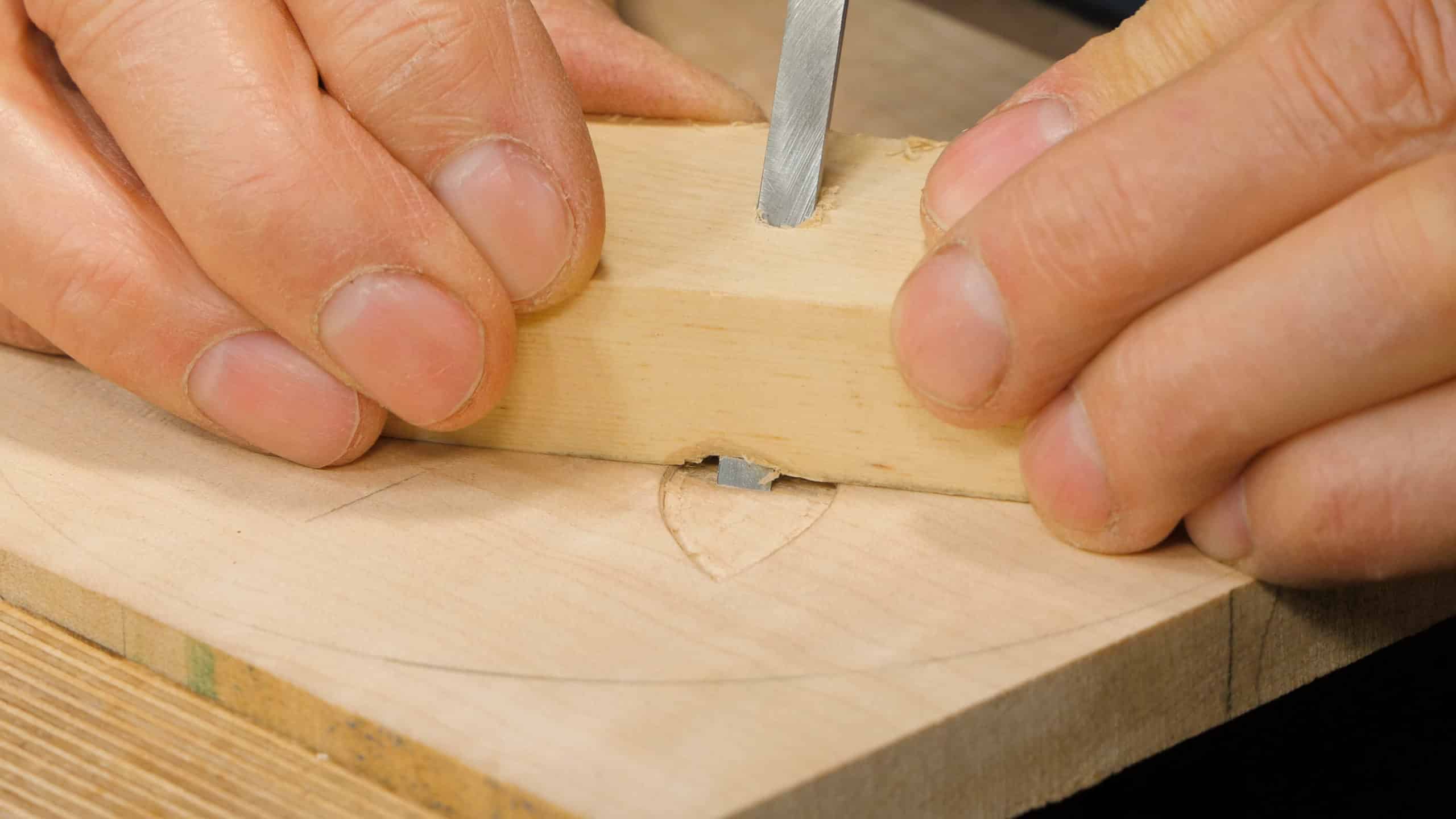Hand Mirror: Episode 2
Posted 15 April 2020
This is an episode in a paid series. Want to watch it? You just need to sign up as a paid member, and you can enjoy this video and many other videos we think you will love.
Inlaying enhances that which might seem more ordinary by adding the distinctive qualities of decoration. Here we create our inlay pieces and enter the more creative world, both creating our inlays and then inlaying the pieces into the mirror back. The precision is exacting but the result is always stunning.


This is a perfect project to work with my granddaughter! Both of us will get something from the project and the process!
Thanks for this, Paul! I’ve always been nervous about attempting inlay work – it always seemed a little beyond my skills. But it’s nice to see that with some patience, a great deal of care, and the skills I’ve already developed, it is possible. I’m very excited. (But I’m going to be making a LOT of practice pieces before I try it on any significant piece, that’s very certain. 😁)
Love it… excellent teaching and great camera work as well. Thanks!
An excellent video, as always. You have demonstrated a method of inlaying that has wide application,. Very helpful.
Great music, too. 👍👍
Hi Paul,
Great instruction as always. I have a question that may be of this path somewhat but was wondering what vise are you using? It looks very solid and seems to not rack at all.
Thank you for your response.
@Andrew LeRoy: You can see him talk about the vise in his Workbench Episode 8 video. I believe this is an Eclipse 9″ quick-release vise. You can find them online quiet easily, but sadly they’re about $150 USD. https://woodworkingmasterclasses.com/videos/workbench-introduction/workbench-episode-8/
Thanks you both I will check it out.
Hi Andrew, have a look for the plywood workbench episode 7. There you can see Paul fitting the old record vise.
The video is working now. I love the “poor mans router’, so simple but I would never have thought of it. Thats what I love about your videos. Now to make a few for presents.
I would love to see a woodworking master class app for smart TVs. I currently view most of your videos from YouTube, but it would be nice to have an app to play while I’m working in the shop.
Keep up the excellent work, you’re an inspiration to us all!!
it’s just wow. Thanks Paul.
Can one use a regular hand held router here
“Can one use a regular hand held router here”
Absolutely, Paul is just showing how you can still do it with just the PMR.
I can’t wait to try this.
When truing the halves of the leaves on sandpaper to form the centerline, it’s fine to do it Mr Seller’s way. But you can also do it another way that compensates for beveling. This technique is essentially the same as planing the edges of bookmatched plates such as for an acoustic guitar back. When putting the halves together, put the long acute ends at opposite ends and then sand. This way, any beveling error will be compensated when the halves are fitted together.
Paul love this video and love the music. Who was playin?
Hi,
The music is Glen Canyon by Dan Lebowitz.
Izzy
Terrific! and a huge source of inspiration, I can see myself trying to create these inlays in a guitar fretboard!!! it would look amazing! thank you maestro Paul.